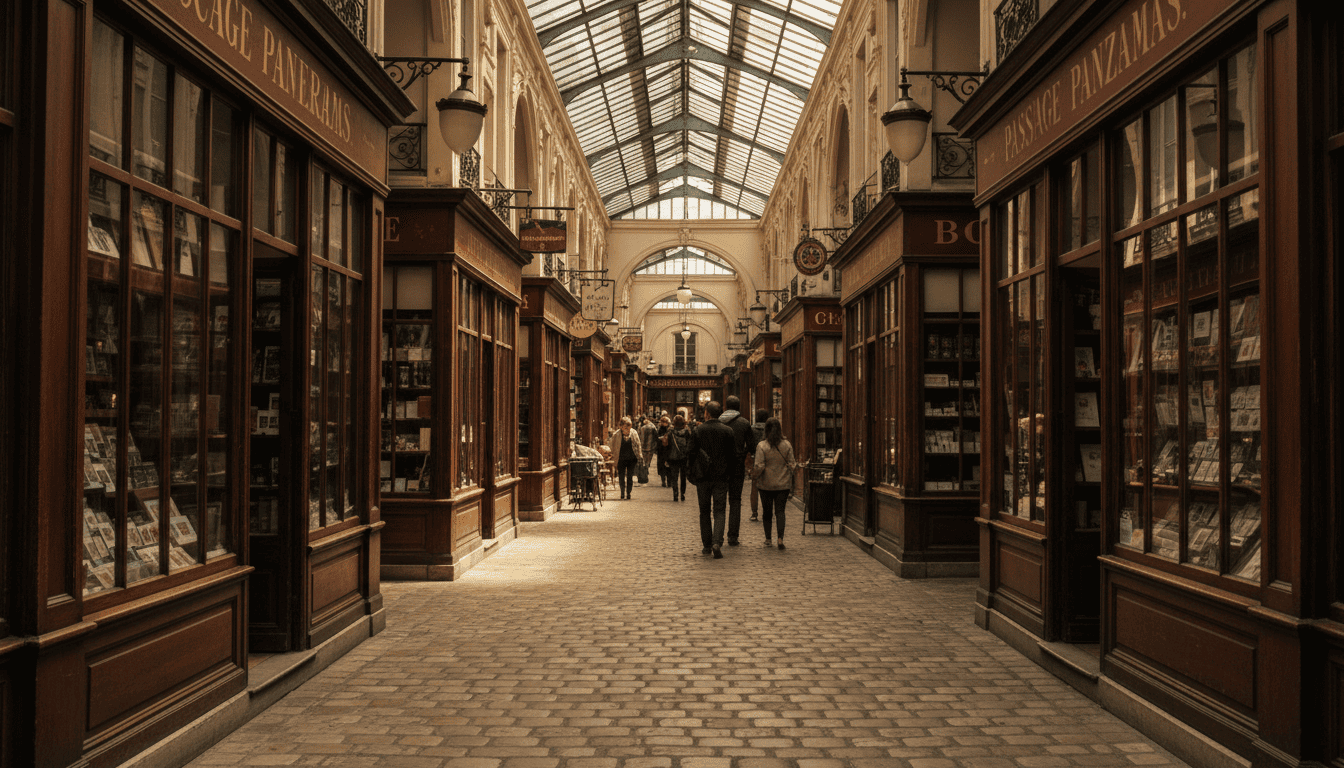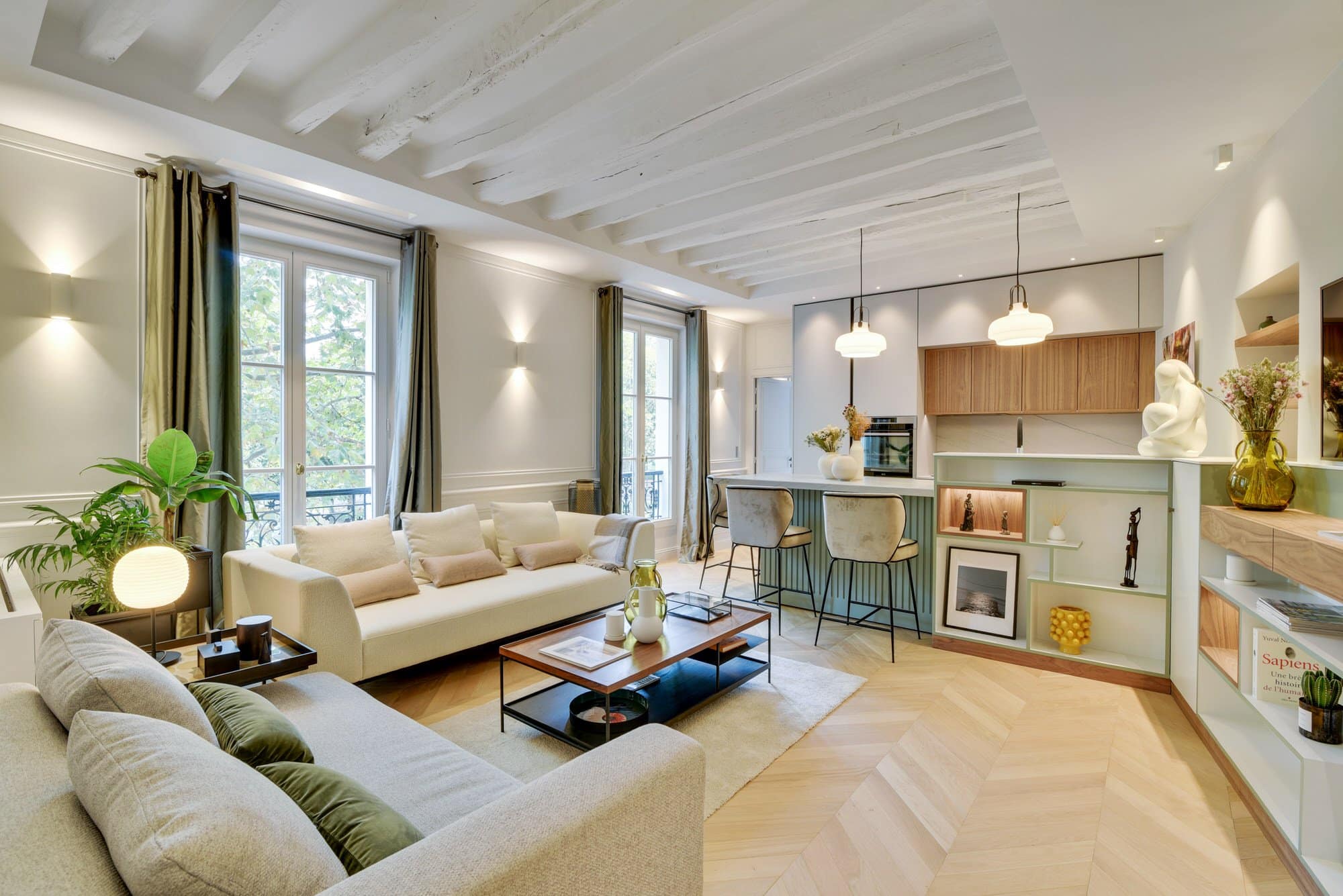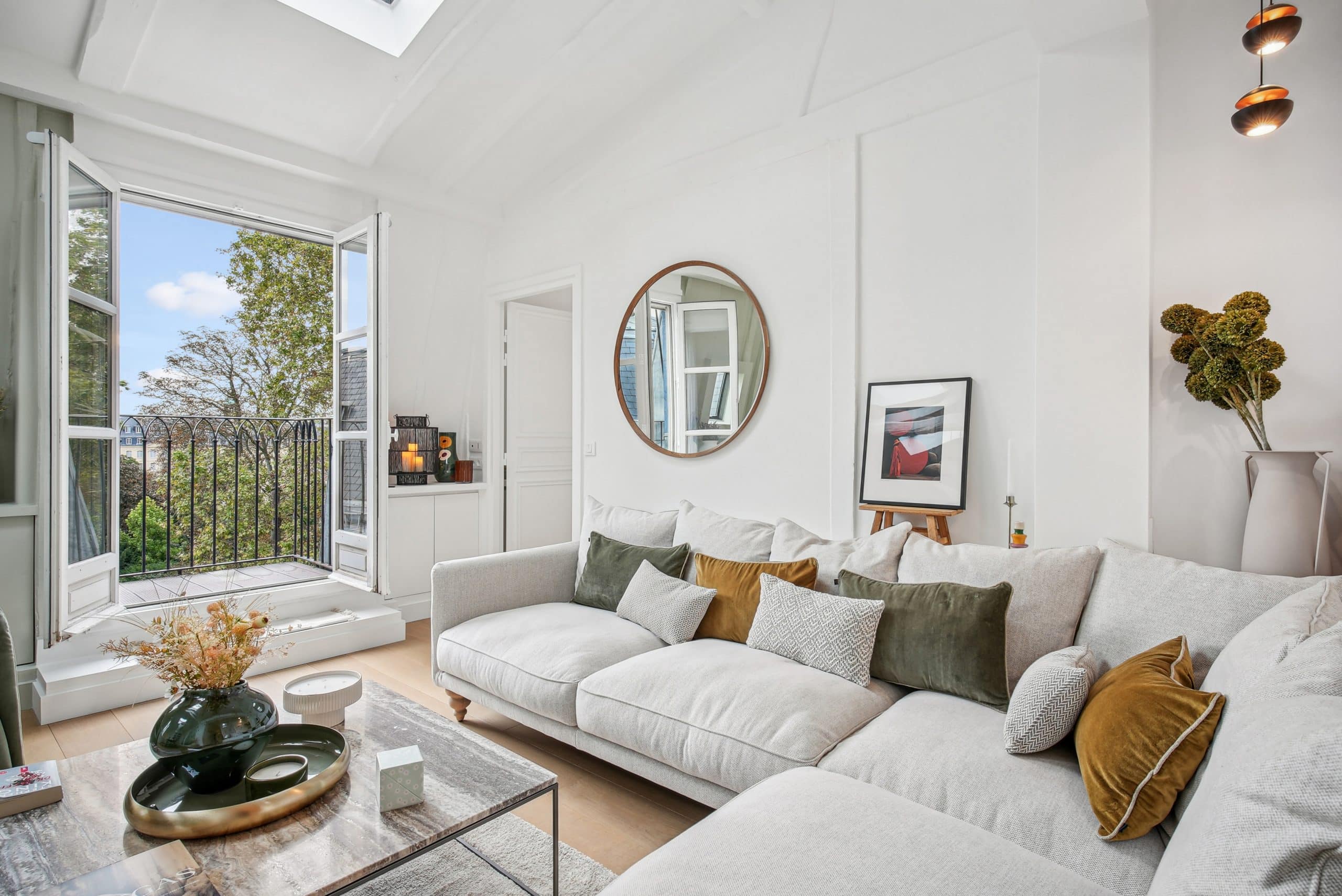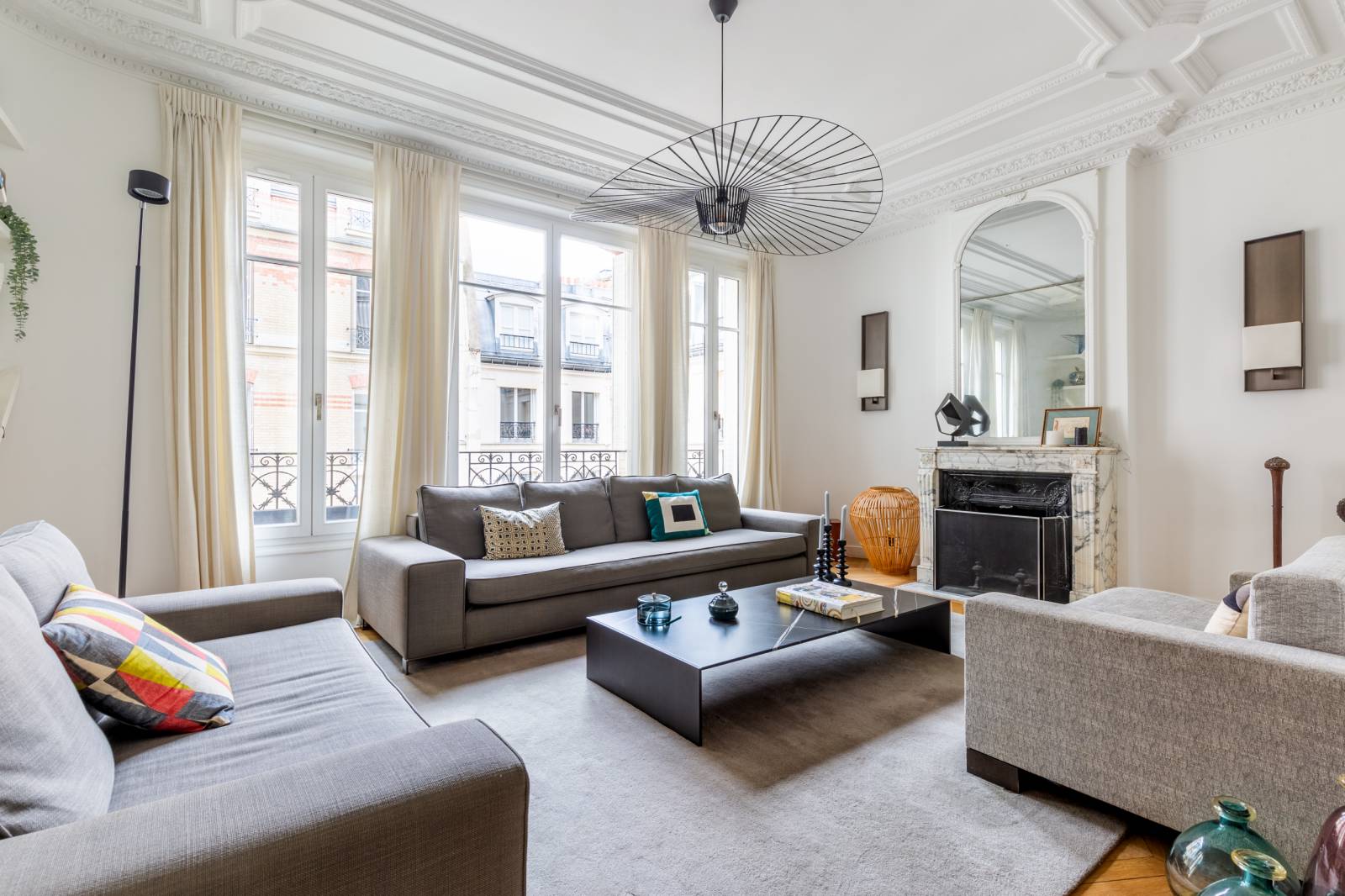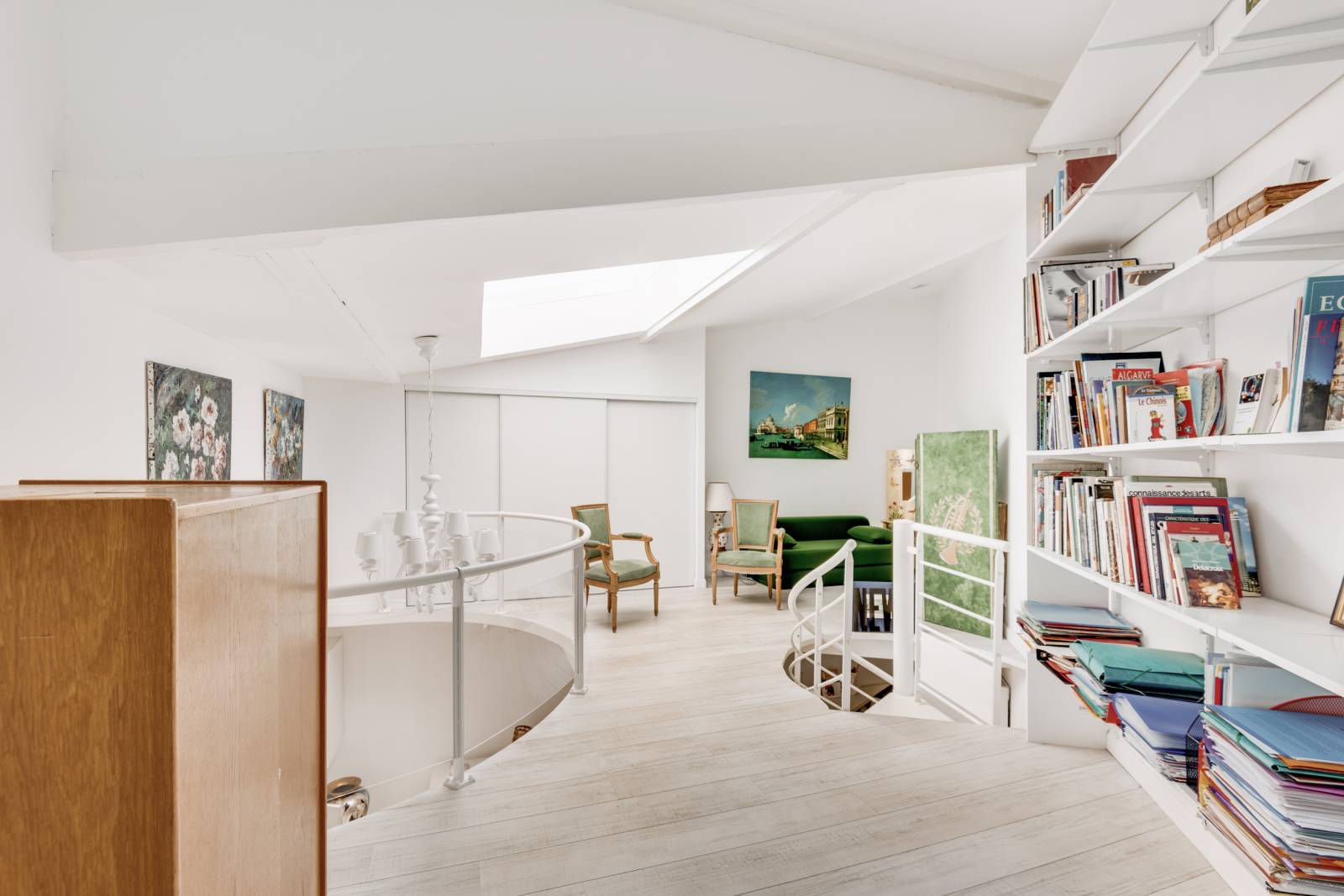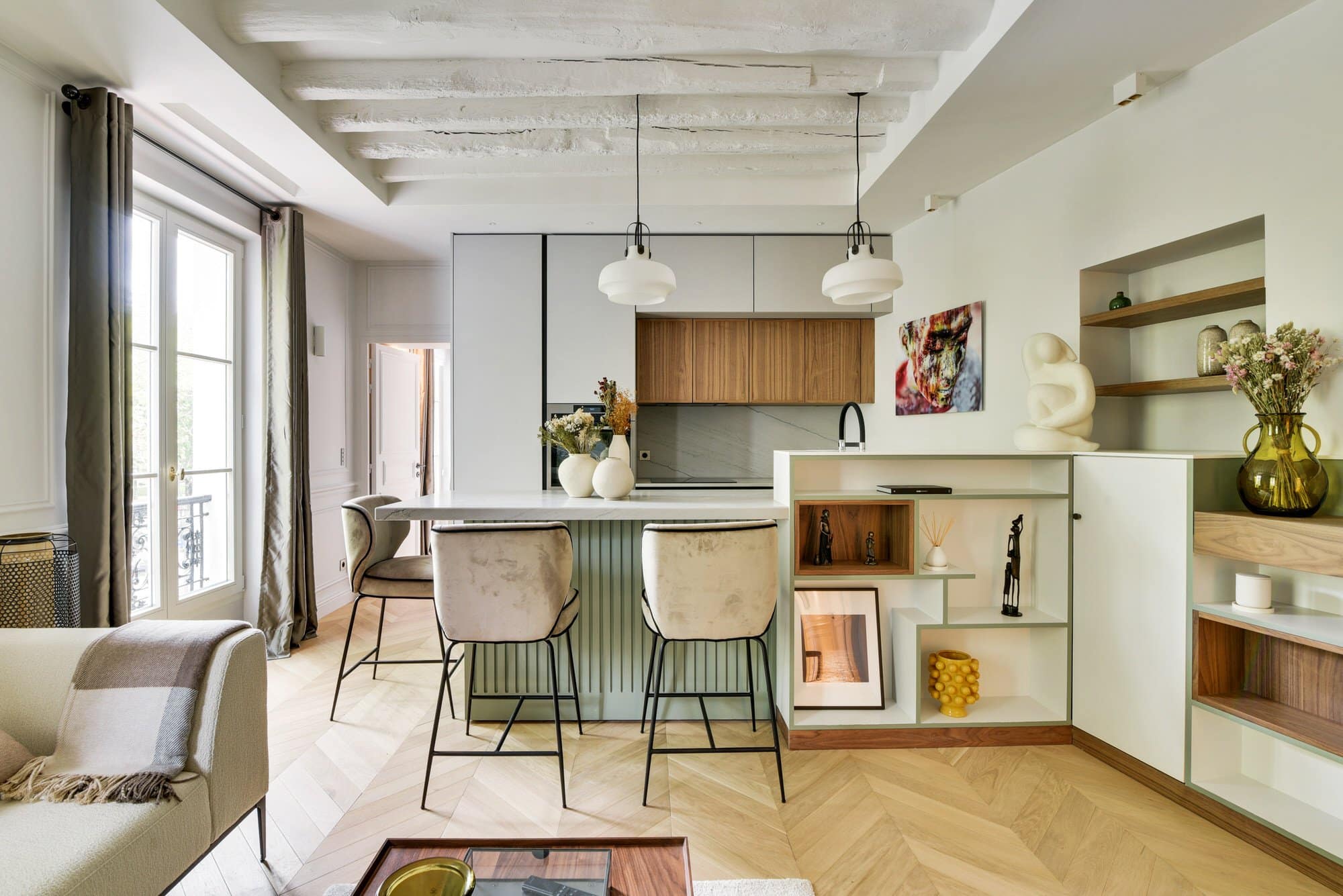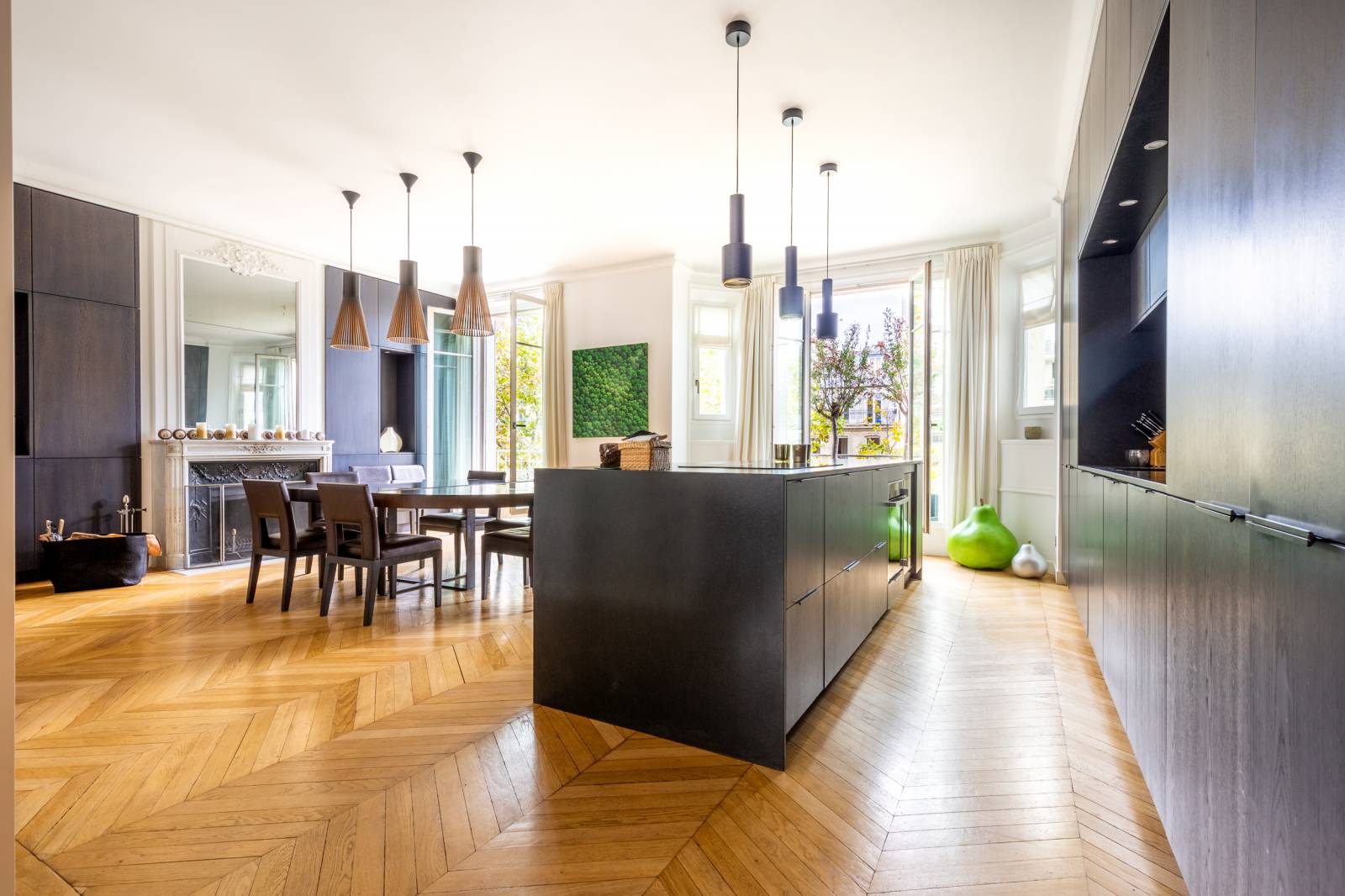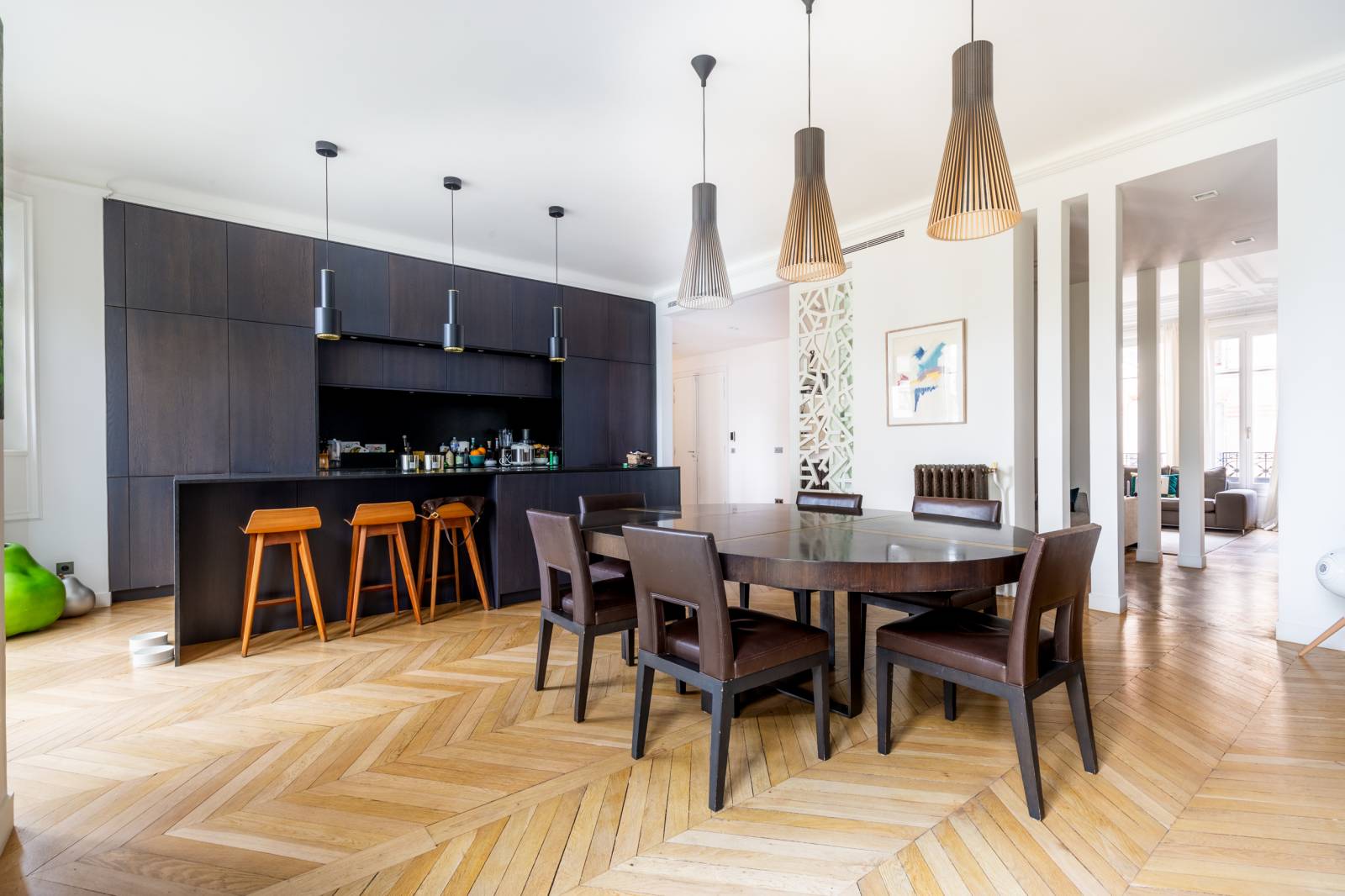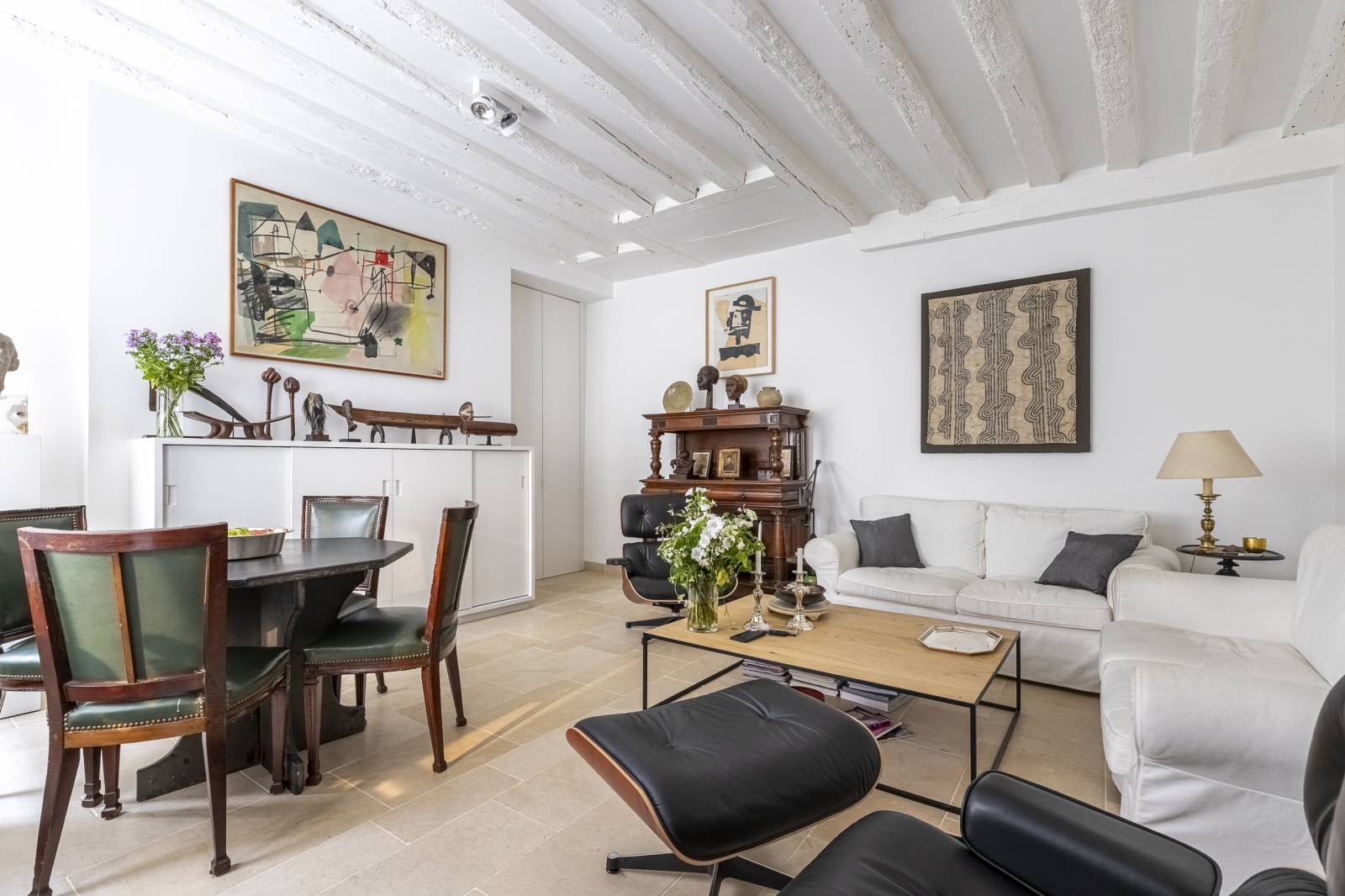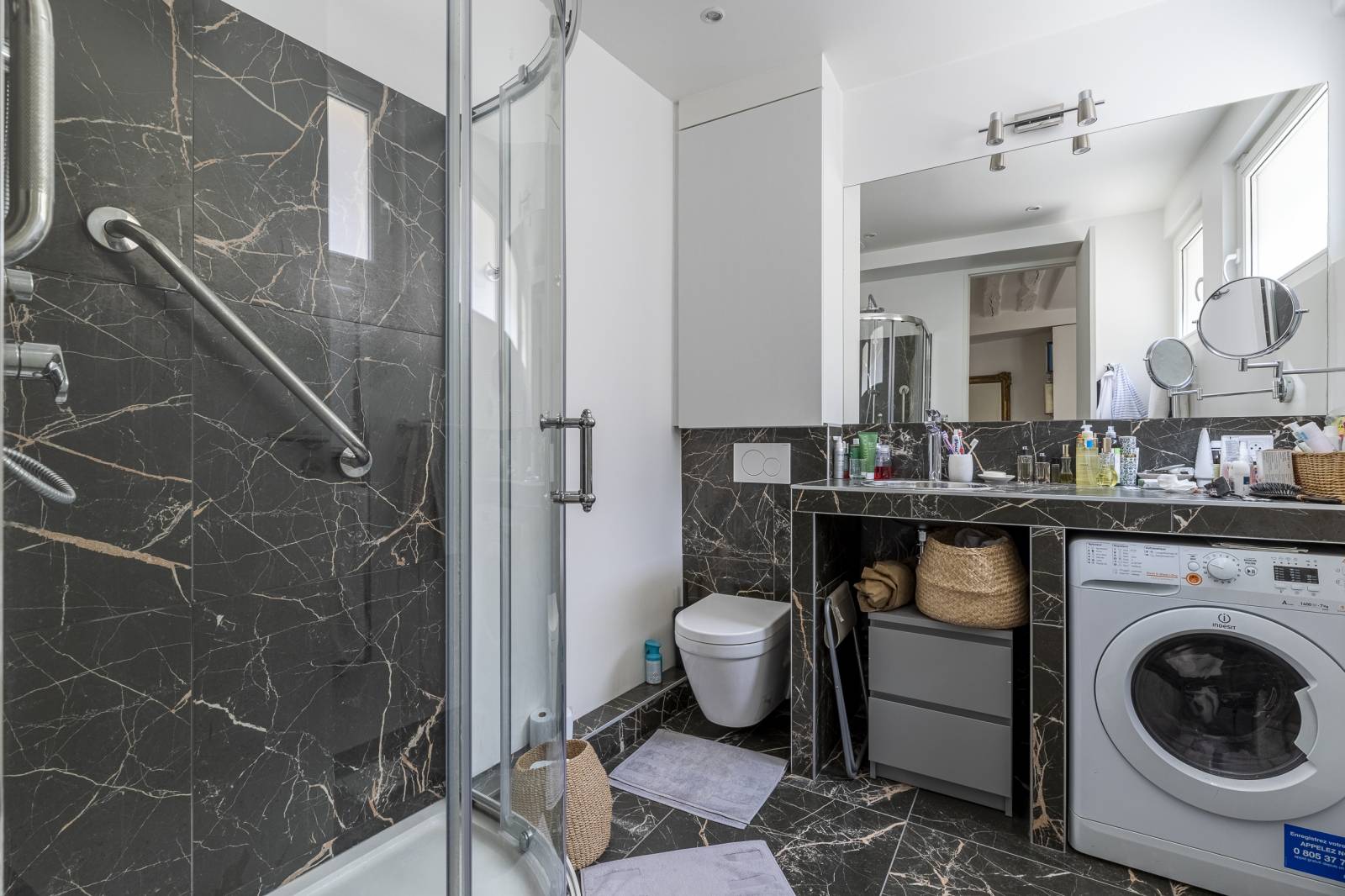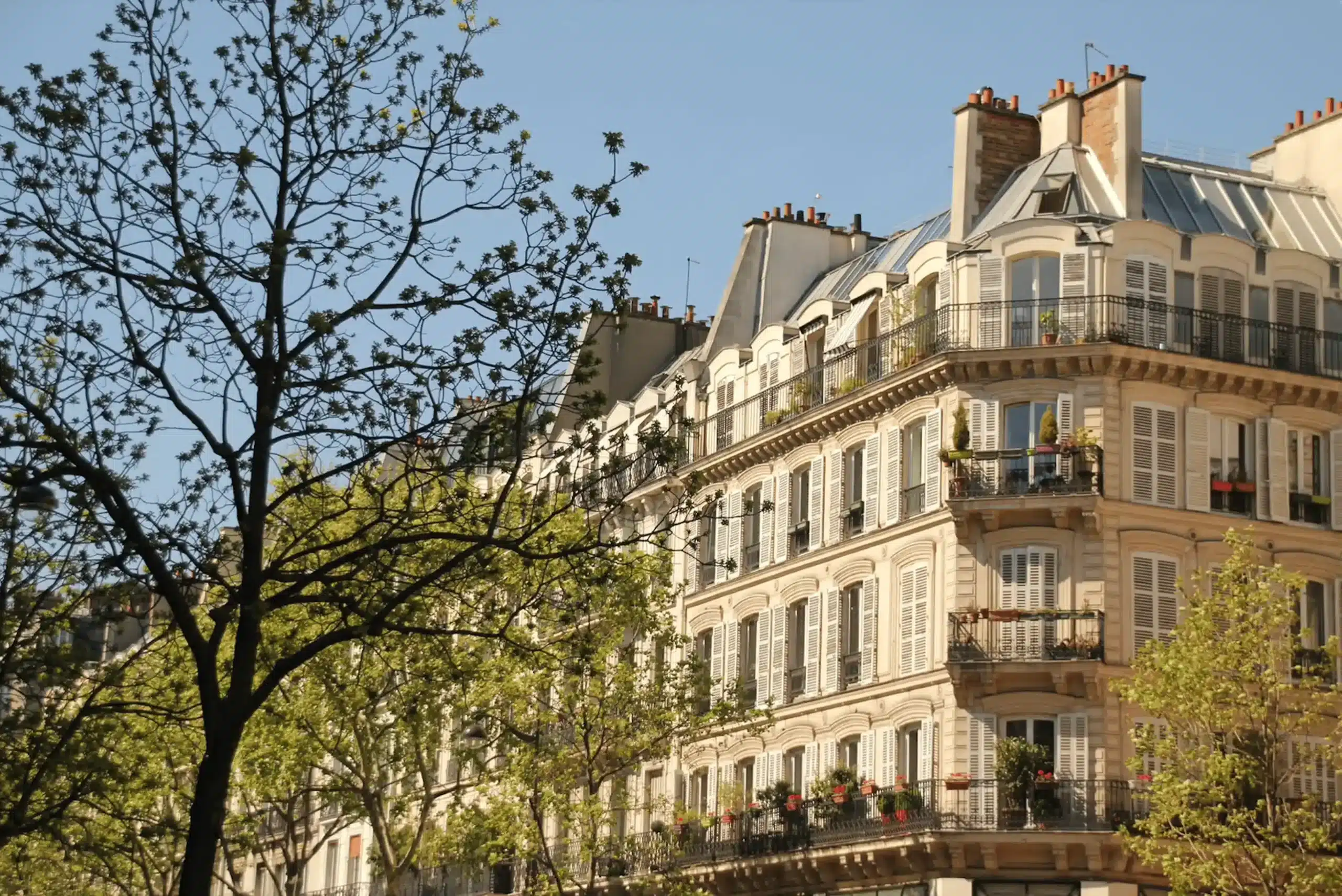Brief overview positioning the 2nd arrondissement as the historic commercial and cultural heart of Paris, highlighting its unique character that blends historic passages, financial district heritage, vibrant neighborhoods, and authentic Parisian life.
Key attractions and cultural landmarks
Palais Brongniart (Former Stock Exchange)

Neoclassical architectural masterpiece designed by Alexandre-Théodore Brongniart and completed in 1826. Once the beating heart of French finance, this imposing columned building now hosts prestigious events, exhibitions, and conferences. The building’s historical significance extends beyond finance—nearby stands Catherine de Medici’s mysterious astronomical column, a Renaissance monument wrapped in intrigue and urban legend, adding another layer to the neighborhood’s rich history.
Bibliothèque Nationale de France - Richelieu

France’s historic national library, recently restored to stunning effect. The majestic Oval Room (Salle Ovale) with its soaring dome is an architectural wonder, while the historic reading rooms preserve centuries of scholarly tradition. Home to priceless collections including manuscripts, maps, prints, and photographs. A temple of knowledge where architectural beauty meets cultural importance, and now open to the public for visits.
Passage des Panoramas

Paris’s oldest covered passage, dating to 1800, and a time capsule of Belle Époque elegance. Named after two rotundas that once displayed panoramic paintings, this glass-roofed gallery enchants with its original mosaic floors, antique storefronts, and atmospheric lighting. Today it houses excellent bistros, stamp dealers, vintage postcard shops, and the legendary engraver Stern. The passage comes alive in the evening when its restaurants buzz with locals and visitors alike.
Passage Jouffroy

Directly connected to Passage des Panoramas across Boulevard Montmartre, this 1847 passage delights with its eclectic shops—antique canes, Asian curiosities, vintage books, and the charming Hôtel Chopin. The ornate entrance to Musée Grévin wax museum adds to the Belle Époque atmosphere. Its heated floors were innovative for the era, and its glass-and-iron architecture remains beautifully preserved.
Passage Verdeau

The third jewel in the covered passage chain, crossing Rue de la Grange-Batelière. A collectors’ paradise filled with antique dealers, rare book sellers, old prints, vintage photography, and curiosity shops. Quieter than its neighbors, Verdeau attracts serious collectors and those seeking hidden treasures. The authentic 19th-century atmosphere remains intact, making it feel like stepping into a Balzac novel.
Galerie Colbert

Built in 1826 to rival Galerie Vivienne, Colbert’s crowning glory is its magnificent glass rotunda topped with a cupola. Now part of the Bibliothèque Nationale complex, it serves as an exhibition space and hosts the Institut National d’Histoire de l’Art. The neoclassical architecture, elegant columns, and hushed atmosphere make it feel more like a palace gallery than a shopping passage. Less commercial than its neighbors, offering a quieter, more contemplative experience.
Théâtre des Variétés

Historic theater dating to 1807, showcasing the ornate Belle Époque facade that defines Boulevard Montmartre. Famous for hosting operettas and vaudeville performances that made Paris the entertainment capital of the 19th century. While the interior performances continue, the exterior alone—with its sculptures, ornamental details, and period charm—makes it an architectural landmark worth admiring.
Shopping and Dining in the Second Arrondissement
Rue Montorgueil

A living theater of Parisian daily life. This ancient market street (pedestrian-only in its heart) has served Parisians since medieval times and retains its authentic food market character. Fishmongers, fromageries, butchers, produce stands, flower shops, bakeries, and specialty food purveyors line the cobblestones. Café terraces overflow with locals taking coffee or aperitifs. It’s where neighborhood life unfolds—less polished than grand boulevards, more genuine than tourist zones. Morning market shopping, afternoon café sitting, evening bistro dining.
Japanese Quarter (Rue Sainte-Anne)

Paris’s most authentic concentration of Japanese culture outside Japan. Rue Sainte-Anne and surrounding streets harbor exceptional ramen shops, traditional izakayas, sushi counters, Japanese bakeries, and specialty grocers. This isn’t fusion or westernized Japanese food—it’s the real thing, patronized heavily by Paris’s Japanese community. From tonkotsu ramen to okonomiyaki to perfectly executed sushi, the quality rivals Tokyo. A cultural enclave that has grown organically over decades.
Culinary Delights

The 2nd arrondissement spans the culinary spectrum. Traditional bistros serve classic French fare alongside contemporary restaurants pushing creative boundaries. Stohrer (founded 1730) remains Paris’s oldest patisserie, its window displays unchanged for centuries. For serious cooks, legendary kitchen supply shops A. Simon and Dehillerin (both over 200 years old) outfit professional and home kitchens with copper pots, knives, and every imaginable tool. Natural wine bars, international cuisine, specialty coffee—the 2nd offers exceptional diversity within a compact area.
Notable Restaurants/Cafés to Highlight
Rue de Nil has become a culinary destination, transformed by the team behind Frenchie. Multiple spin-off restaurants cluster on this short street, each offering distinct experiences while maintaining the commitment to quality ingredients and creative execution.
REDD Montorgueil
Contemporary bistro showcasing seasonal market-driven cuisine
Yo
Izakaya-style Japanese with small plates and natural wines
Circonstances
Wine bar and restaurant with excellent natural wine selection
Guiren
Intimate restaurant with refined, ingredient-focused cooking.
Outdoor Spaces and Relaxation
Square Louvois

An elegant pocket garden facing the Bibliothèque Nationale Richelieu. The four-fountain centerpiece represents France’s great rivers (Seine, Loire, Garonne, Saône), surrounded by manicured lawns and shaded benches. A favorite lunch spot for nearby office workers and a peaceful retreat from urban intensity. The square’s Belle Époque charm and proximity to cultural landmarks make it feel distinctly Parisian—neighbors reading newspapers, students sketching, locals meeting for conversation.
The Hoxton
This design-forward hotel’s ground-floor spaces blur the line between hotel and neighborhood gathering place. The interior lobby and outdoor terrace welcome non-guests for coffee, lunch, or evening apéritifs. Modern aesthetic with warm hospitality, great natural light, and an inclusive atmosphere that attracts creative professionals and locals alike. Perfect for casual meetings or solo work sessions with excellent coffee.
Neighborhood Café Terraces

The 2nd arrondissement excels at the essential Parisian art of café sitting. Rue Montorgueil’s terraces overflow from morning coffee through late-night drinks. The covered passages offer all-weather outdoor atmosphere under glass roofs. Rue Saint-Denis, particularly between Bonne Nouvelle and Étienne Marcel métros, has transformed into a lively terrace scene—once seedy, now reclaimed by contemporary cafés and natural wine bars. People-watching reaches Olympic levels along these streets where neighborhood life performs its daily show.
Neighborhood Character and Living in the 2nd
Central Location
Occupying the geographic heart of Paris, the 2nd offers unmatched connectivity. You can walk to the Louvre, Opéra, Le Marais, Les Halles, and Palais Royal within minutes. Multiple métro lines crisscross the arrondissement—Bourse, Sentier, Grands Boulevards, Réaumur-Sébastopol, Étienne Marcel—making every Paris neighborhood accessible. This centrality appeals to those who want Paris at their doorstep without living in the most tourist-saturated zones.
Day-to-Night Transformation
The 2nd performs a daily metamorphosis. Weekday mornings bring business activity—offices around Palais Brongniart, the Sentier textile district, media companies. By evening, the business suits disappear and the neighborhood transforms into a dining and social destination. Passages that seem quiet by day glow with restaurant energy at night. This dual personality creates remarkable dynamism—purposeful by day, pleasure-seeking by night, yet never losing its residential character.
Mix of Old and New
Nowhere does Paris’s temporal layering show more clearly. Historic passages from the 1800s house contemporary restaurants and concept stores. Traditional stamp dealers operate next to modern coffee roasters. Century-old food shops share streets with start-up offices. The 2nd doesn’t preserve the past in amber—it weaves history into present-day life. This marriage of old and new feels effortless, organic, authentically Parisian rather than artificially preserved.
Local Life
Compared to the 1st arrondissement’s monument-heavy tourism, the 2nd maintains stronger neighborhood rhythms. Locals shop at Rue Montorgueil’s market stalls, frequent their corner boulangerie, meet friends at familiar wine bars. Children play in Square Louvois after school. The pedestrian-friendly streets—especially around Montorgueil—encourage strolling, lingering, genuine community interaction. It’s Paris as Parisians live it, with enough tourist interest to keep things lively but not overwhelmed.
Conclusion
The 2nd arrondissement delivers authentic, vibrant Parisian living where historic charm meets contemporary energy. Its covered passages preserve Belle Époque elegance while its culinary scene pushes creative boundaries. The central location puts all of Paris within reach, yet the neighborhood maintains genuine local character that transcends tourism.
For those seeking Paris beyond the major monuments—a neighborhood that works for daily life, not just sightseeing—the 2nd offers the perfect balance. Historic architecture, exceptional dining, market culture, artistic heritage, and walkable streets combine into one of Paris’s most livable yet dynamic arrondissements.
Thinking of buying in Paris?
Download our free Buying Property in Paris Guide to discover everything you need to know about purchasing real estate in the city from legal steps and financing tips to neighborhood insights and expert advice. Whether you’re planning a future move or simply exploring the market, this comprehensive guide is designed to help international buyers make smart, informed decisions.
Others articles
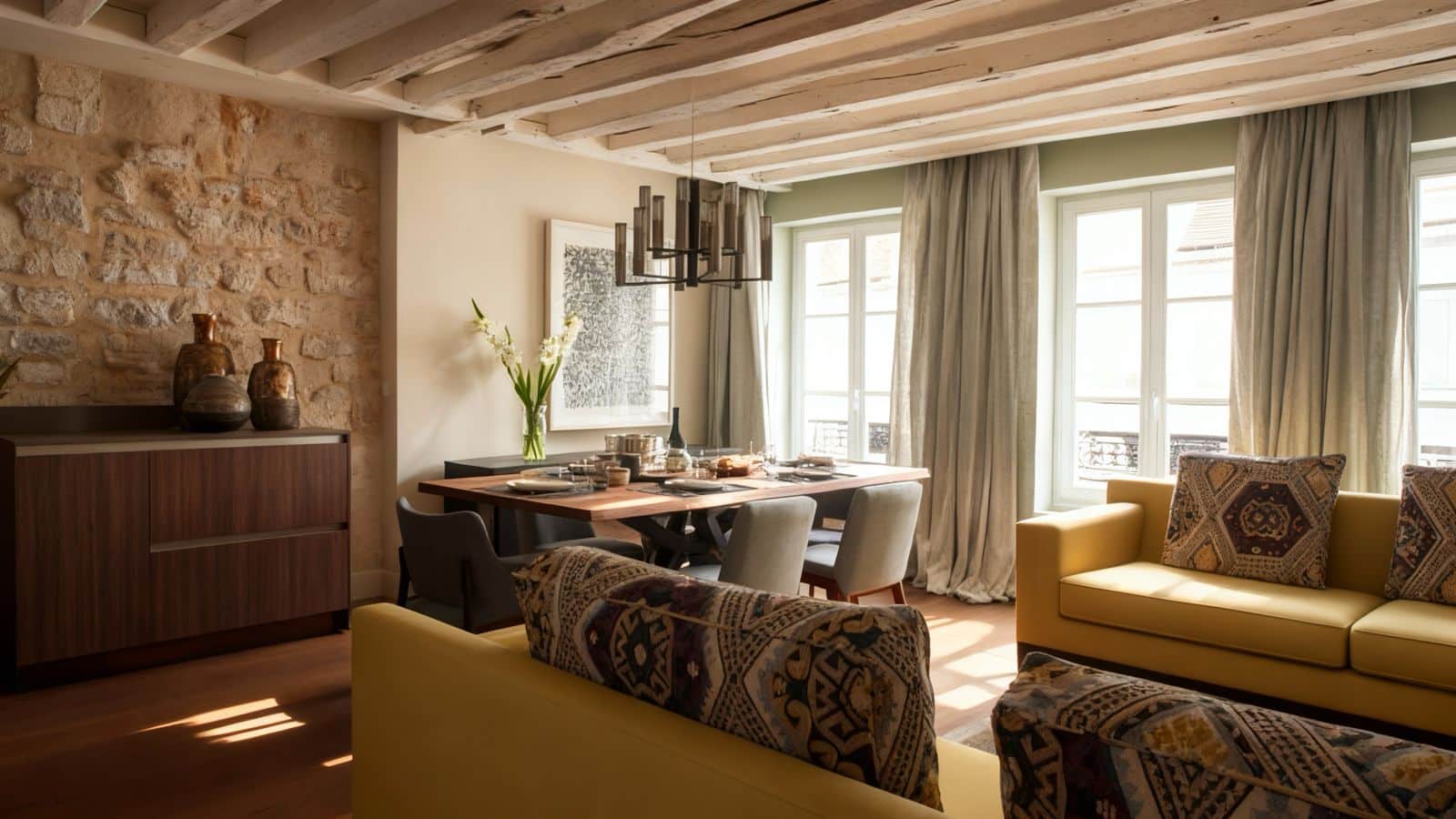
Client Story – A PARIS RENOVATION MADE SIMPLE
Turning a 1780s Marais duplex into a modern Parisian home When Mondira and Paul began their search for a home
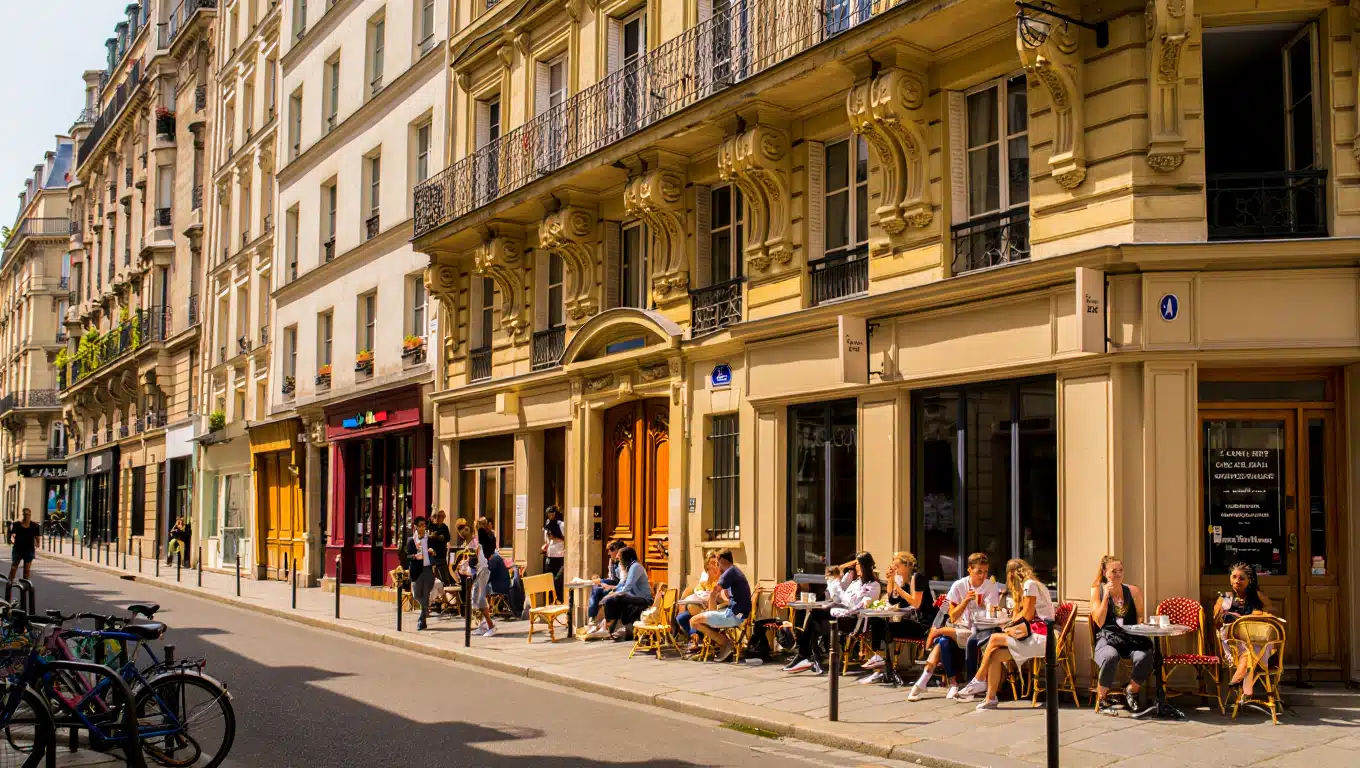
Third Arrondissement of Paris: Authenticity in the Historic Marais
Brief overview positioning the 3rd arrondissement as the essence of the historic Marais, where 17th-century architectural elegance meets contemporary creativity.
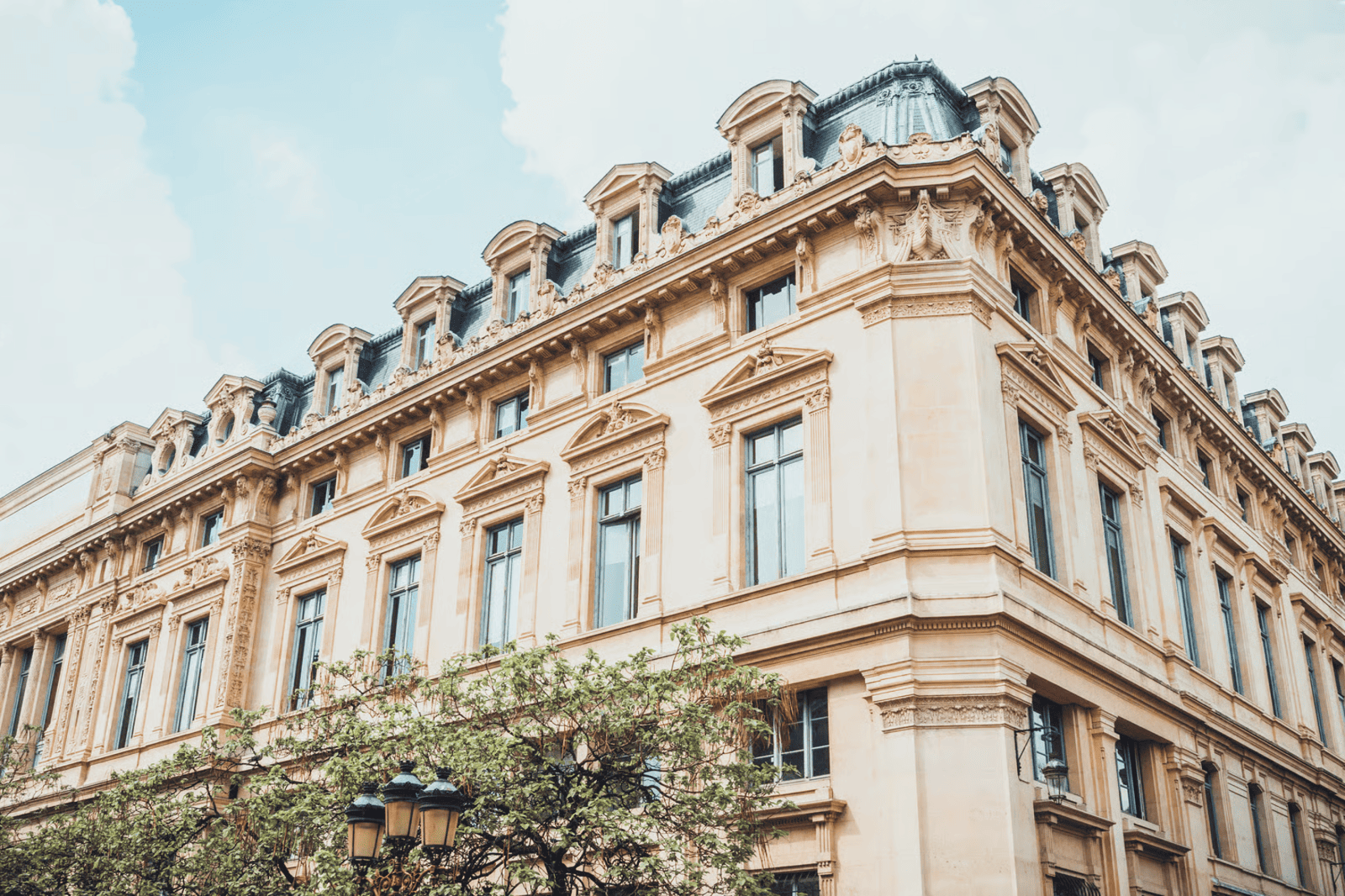
7 Reasons Why Paris Real Estate Will Never be a Bubble.
While headlines may warn of overheated markets elsewhere, Paris operates by a different set of rules. Strong demand meets limited

